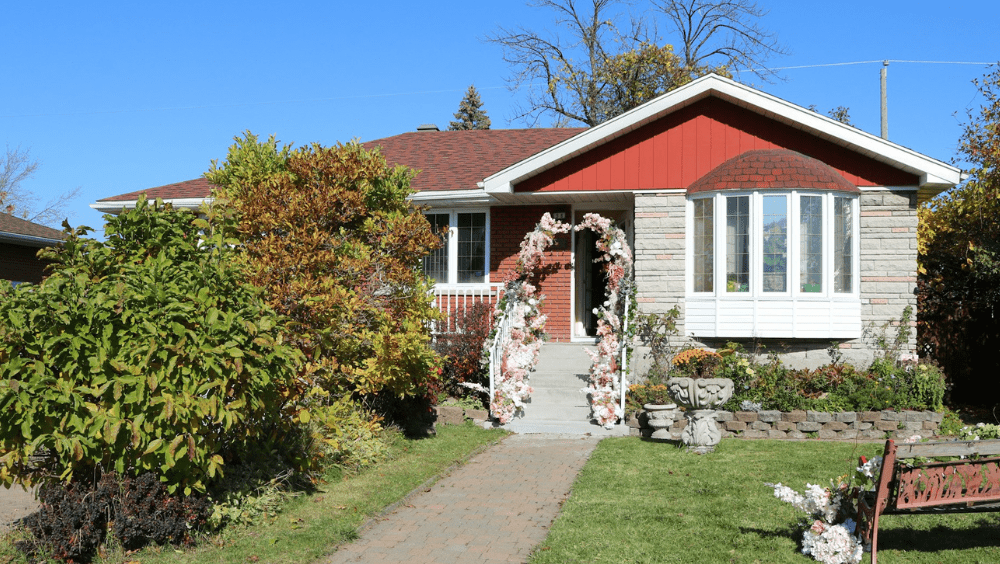Canadian housing starts are soaring—even as demand crashes, especially in major markets. CMHC data shows new home starts climbed in June, hitting one of the highest levels in years. That may seem like a shift in market confidence, but BMO is warning it’s anything but. Developers are pivoting into rentals as homebuyers retreat, with a massive pipeline of projects setting the stage for another wave of price corrections.
Canadian Housing Starts Soar As Demand Implodes
Canadian housing starts hit a seasonally adjusted annual rate (SAAR) of 283,700 units in June, rising 0.4% from a month before and now sitting at the highest level since 2021. That strength comes despite demand falling to one of the weakest levels on record.
“Canadian housing starts are incredibly resilient considering the recession-like conditions across a few markets,” explains Robert Kavcic, senior economist at BMO. “For example, Toronto new condo sales have melted to more than 30-year lows, which is halting new projects.”
Condo starts across major cities are down roughly 30%, according to the bank. In Toronto, they’ve dropped more than 60% as investor demand evaporates and talent flees Ontario’s soaring cost of living.
Canadian Policy Shifts From Making Homebuyers To Renters
Source: CMHC; BMO Capital Markets.
The surge in housing starts isn’t driven by homebuyers, but from rental apartments. Policymakers have quietly shifted stimulus away from individual buyers to institutional landlords, helping to build their long-term assets. That includes providing CMHC-backed loans and tailored financing programs that shift more risk onto taxpayers.
“Rentals are fully filling the gap,” says Kavcic. “That reflects a shift back into purpose-built rental construction at a wide scale and, at the same time, some developers are reportedly pivoting some projects to the rental space as well.”
Rental starts in large urban centers are now at record highs, offsetting the collapse in ownership demand. That shift is helping to keep cranes and banks busy, but it’s not without consequence.
Canadian Rental Bear Market Still Young, Expect Further Declines
Rental prices have only made a modest correction so far, still retaining much of the recent surge. BMO sees that changing soon, as the full impact of this supply shift has yet to hit the market, and it’s arriving as the population growth slows.
“That [shift from condos to rentals] has cushioned the economic impact of a frozen ownership/condo market. But it also suggests that the bearish cycle for rents is still very young—there is a very full pipeline of supply coming right as population growth is stepping back down,” warns Kavcic.
Canada’s housing starts look strong on paper, but the composition shift tells a different story. Developers aren’t building for buyers anymore—they’re building for rental yield. That may delay a construction downturn, but it’s setting up a rental oversupply just as demand cools.
Once again, this isn’t without its risk. When rental prices fall, the value of the asset tends to move lower with it. In this case, that asset is increasingly being guaranteed by taxpayers. However, that’s a problem for the next government.




















 English (US) ·
English (US) ·